Bush not doing well. Disease or pests?
pacificnw_derek
15 years ago
Related Stories

GARDENING GUIDESTree Care: Common Tree Diseases and What to Do About Them
Learn to recognize trees that may be affected by diseases or pests so you can quickly take action
Full Story
GARDENING GUIDES6 Plants That Beat Butterfly Bush for the Wildlife Draw
It's invasive, a nonnative and a poor insect magnet. Check out these better alternatives to butterfly bush in the garden
Full Story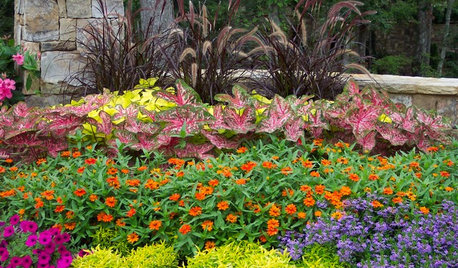
GARDENING GUIDESTexas Gardener: What to Do in July
Beat the heat with sun-loving blooms, pest control, good lawn care and sun protection. Pick up the pace for planting and planning
Full Story
GARDENING GUIDESPacific Northwest Gardener: What to Do in June
Now's the time to prune pines and vines, prevent pests and buy June-blooming plants to keep your garden healthy and beautiful
Full Story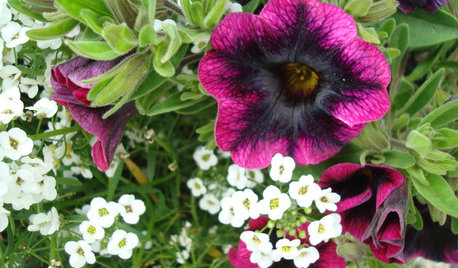
GARDENING GUIDESSoutheast Gardener: What to Do in July
Time to claim your prize: a bounty of fruits, veggies and flowers, but don’t forget to keep an eye on weeds, pests and water
Full Story
CONTAINER GARDENSPatio-Perfect Berry Bushes Like You’ve Never Seen
Small enough for pots but offering abundant fruit, these remarkable bred berries are a boon for gardeners short on space
Full Story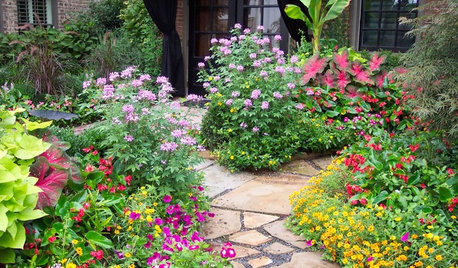
GARDENING GUIDESTexas Gardener: What to Do in June
Don't be discouraged by the dry summer heat — hardy plants, container gardens and smart watering can help landscapes thrive
Full Story0

GARDENING GUIDESHow to Keep Your Citrus Trees Well Fed and Healthy
Ripe for some citrus fertilizer know-how? This mini guide will help your lemon, orange and grapefruit trees flourish
Full Story
GARDENING GUIDES10 Tips to Start a Garden — Can-Do Ideas for Beginners
Green up your landscape even if you're short on time, money and knowledge, with these manageable steps for first-time gardeners
Full Story
GARDENING GUIDESCalifornia Gardener: What to Do in July
Active green thumb or not, top priorities for peak fruit and veggie season: watering, feeding, keeping up with growth
Full Story






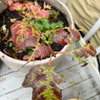
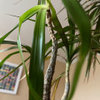
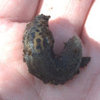
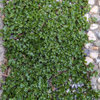
Kimmsr
pacificnw_derekOriginal Author
Related Professionals
Allentown Landscape Contractors · Barrington Landscape Contractors · Cicero Landscape Contractors · Deer Park Landscape Contractors · Dixon Landscape Contractors · Dudley Landscape Contractors · Elkridge Landscape Contractors · Las Vegas Landscape Contractors · Middletown Landscape Contractors · New Berlin Landscape Contractors · North Richland Hills Landscape Contractors · Paramus Landscape Contractors · Shirley Landscape Contractors · St. Louis Landscape Contractors · Selma Landscape Contractorspetzold6596
morz8 - Washington Coast
pacificnw_derekOriginal Author
morz8 - Washington Coast
buyorsell888
Embothrium
reg_pnw7
schmoo
pacificnw_derekOriginal Author